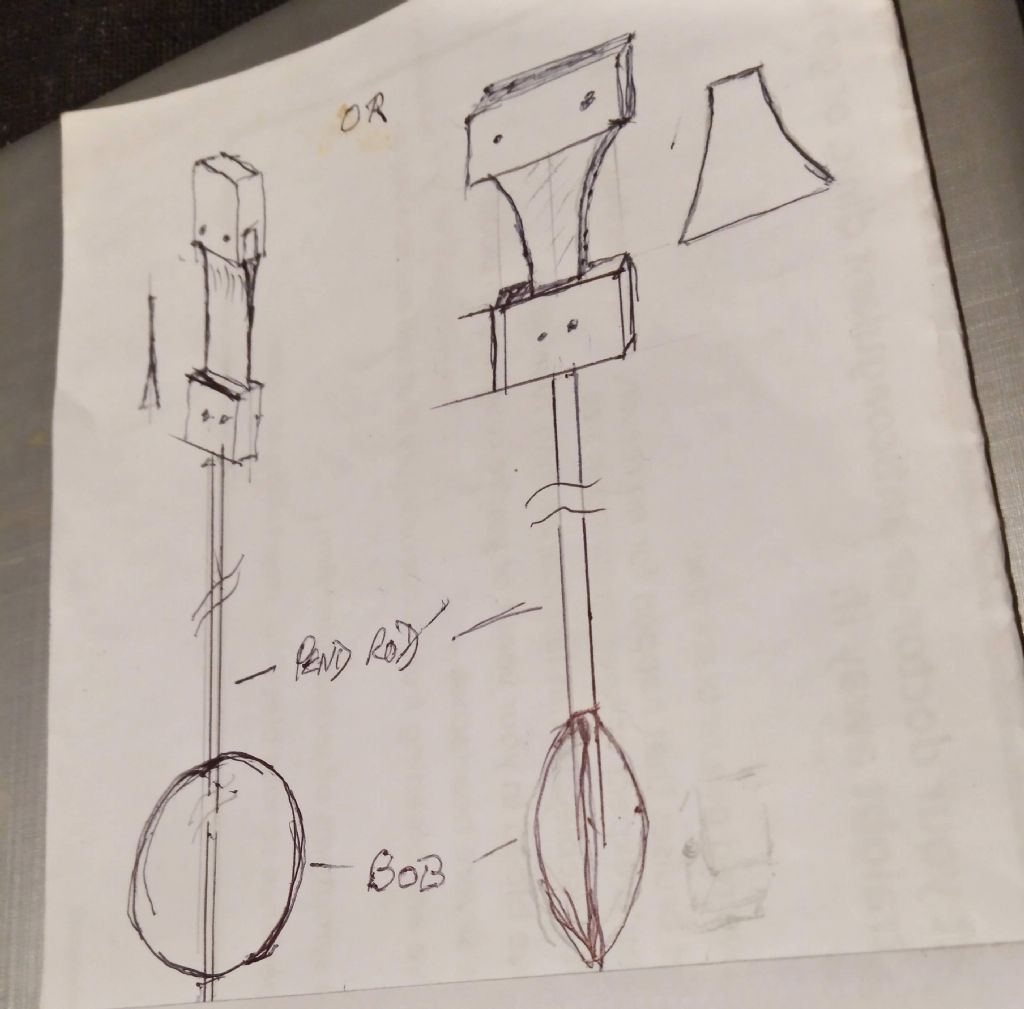Posted by david bennett 8 on 21/02/2023 00:30:10:
[…]
I have to retain my right to be a "doubting Thomas" until I prove it for myself (though not in this case) I have known too many cases where conventional wisdom has proved wrong.
Dave8
.
Good Man 
I fully support your right to that.
MichaelG.
.
Edit:
Towards the top of p.640 Fedchenko states:
Numerous experiments conducted with various suspensions have confirmed that isochronism of oscillations of a free pendulum cannot be attained by altering either the dimensions or the shape of the springs of the suspension.
.
Note: __ I have intentionally kept the double space before the word cannot … because we might conceivably see that as a sign of hesitation, or of editorial input:
Use of the word is not scientifically appropriate!
Did he really mean “are very unlikely to”
We shall probably never know … but it’s a straw to grasp.
Edited By Michael Gilligan on 21/02/2023 08:33:59
david bennett 8.





